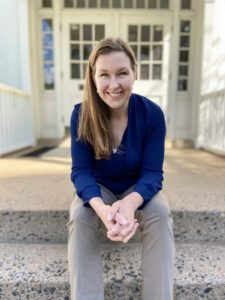By Mary Welander
State Rep., D-114

Mary Welander
As we head into the home stretch of the 2023 session and begin to filter focus to the budget, I want to try and break down the budget process and explain how a very precise document can be so fluid.
To start, the governor presents their budget proposal within the opening days of the session. It is then the job of the legislature to rework, approve or reject that version in order to curate and pass a final budget. The governor’s priorities, as well as House and Senate leadership priorities, will have some influence on the allocation of funds, but the bulk of the responsibility lies in the legislature’s committees. Each committee hears bill proposals to see if and where there are gaps, inconsistencies or excesses in state actions and spending.
After passing out of committee, the non-partisan Office of Fiscal Analysis will publish whether a proposal headed to the floor for a vote has a cost or not, and what that cost may be over the next two fiscal years.
That information all gets sent to the Finance, Bonding and Revenue, and Appropriations committees; they each create separate budget proposals to bring to the table for negotiations.
You may be saying to yourself, “Why are there any negotiations needed at all? We have a healthy ‘rainy day’ fund that is referenced as a ‘record budget surplus.’”
Here is the part that, in my opinion, is not talked about enough. Yes, the state’s fiscal outlook is much better than it has been in the past, but that surplus can only run the state for roughly two weeks in an emergency situation. It’s better than nothing, but not an infinite amount of money. Additionally, there are legal provisions in place – often called guardrails – that prevent us from using most of this “extra” money even if we had the worthiest of causes.
I also think the term “rainy day” fund is misleading; I prefer to think of it as a contingency fund in case of emergencies. These funds allow us to pay for unexpected costs, like repairs to bridges or natural disasters, without having to entirely borrow the money and thereby risking potential tax hikes. These funds cannot be used frivolously.
The other main guardrail is the spending cap. Negotiated in 2017, and reaffirmed by unanimous vote this year, this cap only allows the legislature to allocate a relatively small amount of money outside of our set expenses. Using these funds in a way that best serves Connecticut residents is a daunting task where, unfortunately, we will not be able to do everything we wish we could and still present a legally viable, fiscally responsible and ideally bipartisan budget.
Responsible spending and paying down decades of debt is vital to the continued economic success of our state; where we spend that money is not an easy decision. Your feedback is key to how I can better advocate on behalf of the district and our town. Please share your thoughts with me by emailing mary.welander@cga.ct.gov.